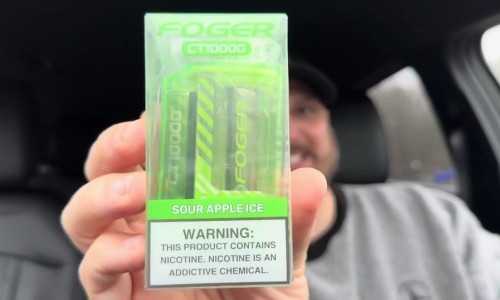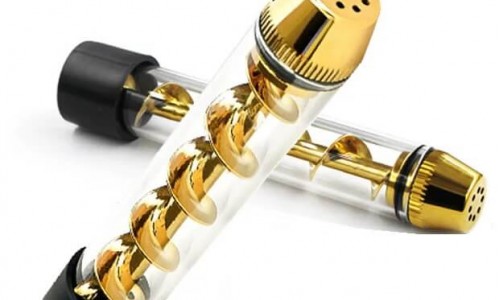How to Clean Vaporizer Effectively

How to Clean a Vaporizer Effectively
This article covers the simple, step-by-step process for effectively cleaning your vaporizer. Keeping your vaporizer in top condition extends its lifespan and ensures you get the best experience every time you use it. Learning how to clean a vaporizer efficiently and effectively is essential and more accessible than you might think. Regular maintenance prevents buildup and preserves the quality of vapor.
What is a Dry Herb Vaporizer?
Today, we will explore vaporizers' significance and real-world uses. First, let's ensure we have a good grasp of what is a dry herb vaporizer. These nifty devices allow you to extract beneficial components from dried plants without producing harmful smoke. As a result, you can enjoy the desired elements without the unwanted byproducts such as resins and carcinogens. Vaporizers come in various forms, including plug-in types, portable options, and those employing special heating techniques. However, these distinctions are becoming increasingly blurred as vaporizer technology advances and offers various capabilities.
Why Do You Need a Vaporizer?
Using a vaporizer to inhale vapor offers numerous advantages. It provides a swift and effective means to enjoy the healing properties of herbs and essential oils. Initially designed for medical purposes by physicians, vaporizers are user-friendly and can promote well-being and relaxation. Moreover, they act quickly, allowing you to experience the effects within minutes.
Principle of Operation of Dry Herb Vaporizer
Vaporizers operate by heating dried plants at high temperatures without burning them. Studies indicate that vaporizers are twice as efficient as other devices for using herbs, generating pure vapors without harmful impurities. When selecting a vaporizer, opt for one with a display to accurately control and adjust the temperature, as different plants and extracts release their beneficial substances at various temperatures. The ideal temperature range for vaping falls between 170 to 210˚C. Some vaporizers can also accommodate liquids, oils, and wax extracts, not just dry herbs.
How to Clean Vaporizer?
Maintaining a vaporizer by regularly cleaning it and taking measures to prevent dirt and grime accumulation is crucial. Keeping your vaporizer clean ensures optimal performance and longevity, and neglecting cleaning could lead to operational issues. Here are a few steps on how to clean vaporizer:
The contaminated bowl and untreated mouthpiece degrade the taste and aroma of the steam.
Clogging filters, ducts, and holes at the bottom of the chamber can limit the circulation of airflows, weakening the device's traction and productivity.
Complex air movement increases the load on the evaporator and leads to premature wear.
Prevent Entering Tar Into the Airflow
Caustic resin forms during herb evaporation, so it is essential to immediately remove oily emissions from the air duct to protect structural elements from pollution. In addition, resin accumulations narrow the diameter of the air paths and slow air circulation, weakening the thrust.
Keep the Chamber Clean
That is a quick heads-up to ensure you keep your vaporizer clean for the optimal experience. After using it, remove any leftover herb particles from the bowl and clean the holes at the bottom. That will help prevent unpleasant tastes and ensure the vaporizer functions well next time. Use the brush that came with your vaporizer to sweep out any remaining herbs, and if there are any tough stains, you can use a soft cloth dampened with alcohol to clean them. Keeping your vaporizer clean guarantees you enjoy the best flavor and performance every time you use it. Also, using Vivismoke Ultrasonic Cleaner Mini is convenient for the cleaning process.
Replace or Clean the Filter
Don't forget to regularly clean the filter in your steam device to ensure that the steam maintains its fresh taste. You can utilize the special sticks your device may have provided. If the filter is filthy, you may need to consider replacing it. Detailed cleaning instructions can be found in the manual accompanying your device or by conducting an online search.



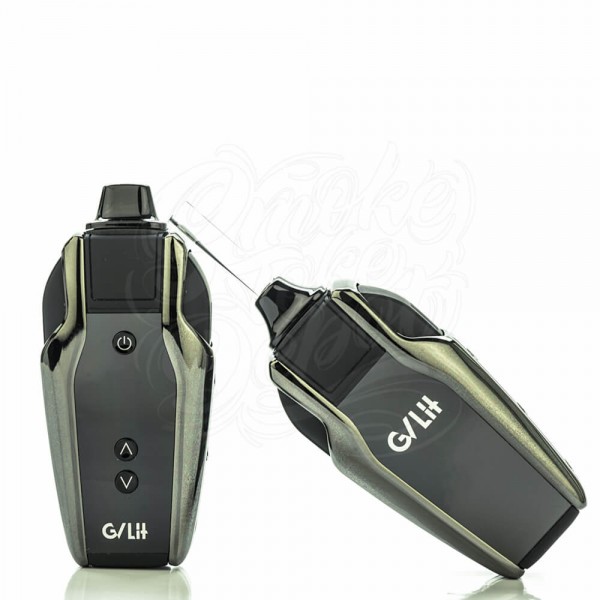
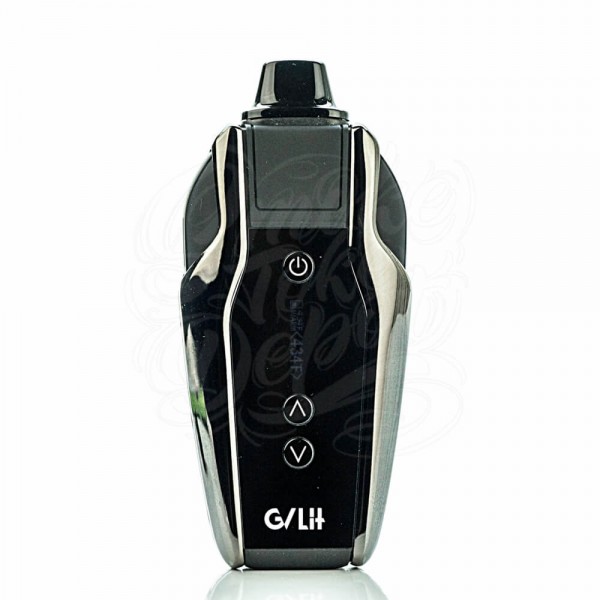
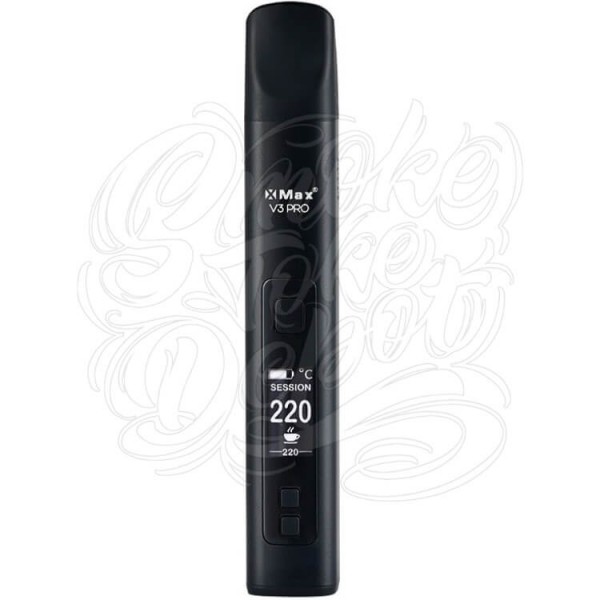
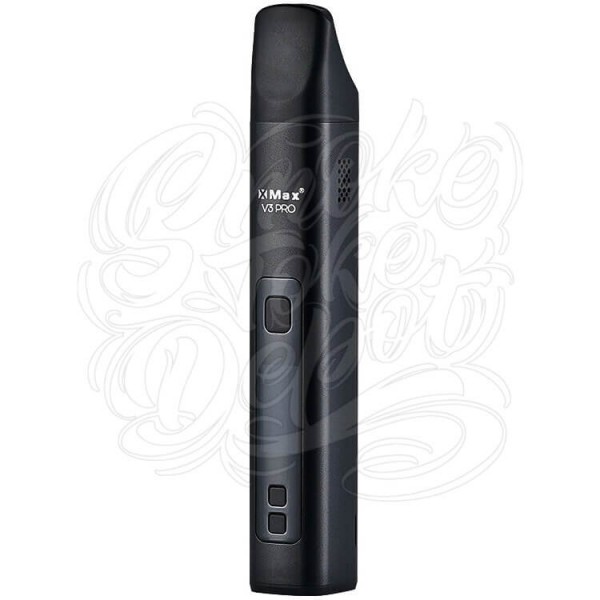






-500x300w.jpeg)


